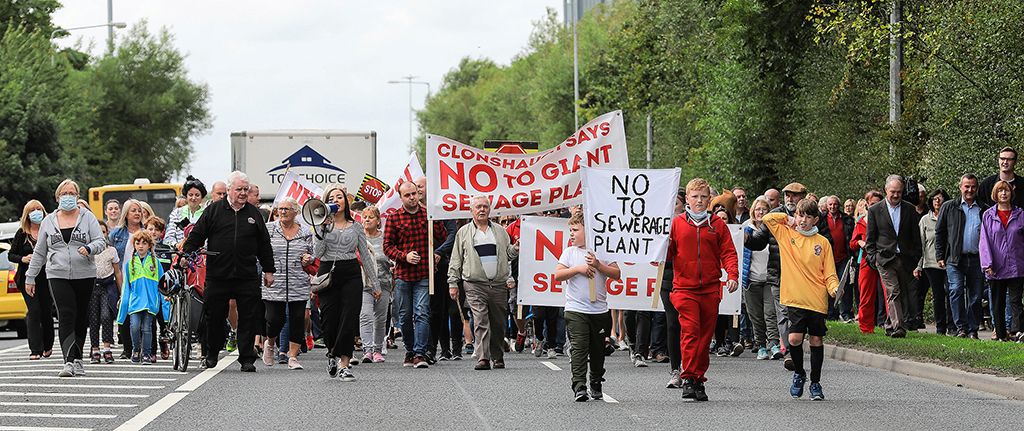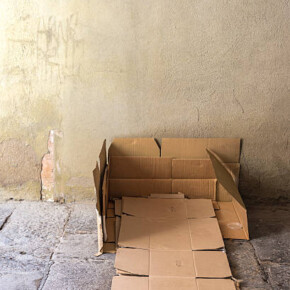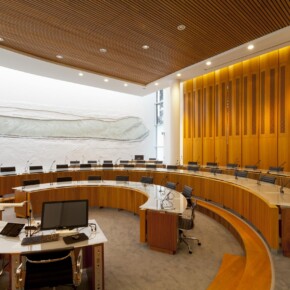Outrage over sewage plant decision
Dublin People 15 Nov 2019
AN Bord Pleanála’s decision to grant planning permission for a massive wastewater treatment plant at Clonshaugh will be challenged by local communities, a Northside TD has vowed.
Dublin Bay North TD Tommy Broughan (Ind) was speaking after the plant, which is expected to be four times the size of Croke Park, was given the green light last week.
Residents in communities across the North Fringe, from Clonshaugh to Baldoyle, were left reeling by the decision.
Deputy Broughan said: “The 18 conditions attached to the decision will do little to alleviate the concerns, disappointment and despair of constituents.
“At the board’s Oral Hearing, my constituents and I set out the powerful case why the Clonshaugh location was profoundly wrong.
“We showed how the current central Fingal locations for this ‘monster sewage plant’ (as my constituents call it) were rejected on spurious cost and political grounds.
“We outlined how unacceptable health and human costs were being imposed on the receiving residential community, stressing the impacts of noise, odours and emissions, and well-based fears of increased traffic gridlock in the district.
“Most of all, my constituents and I demonstrated at the Oral Hearing how the fragile hydrology of Clonshaugh, Baldoyle, and the 2015 UNESCO designation of Dublin Bay and Baldoyle Bay ruled out the construction of a sewage plant in Clonshaugh with an outfall in Baldoyle Bay near the Velvet Beach, Portmarnock and Ireland’s Eye. Indeed my constituents across the region believed putting a second huge sewage plant’s outfall into Dublin Bay was unconscionable.”
Dublin Bay North TD Seán Haughey (FF) was equally as scathing, declaring that local democracy has been “completely ignored”.
“I am very disappointed that An Bord Pleanála has granted planning permission for the proposed monster sewage treatment plant at Clonshaugh,” said Deputy Haughey.
“The planned €1 billion plant will be four times the size of Croke Park, with an outflow pipe, pumping thousands of litres of sewage per-minute, located off Portmarnock.
“I have consistently opposed this application on environmental grounds. My concerns relate to the proximity to residential areas, operational noise, construction noise, the threat of odours, truck movements, loss of visual amenity, the threat to wildlife, and the danger of pollution of the Baldoyle Estuary and Portmarnock Strand in the event of an accident or systems failure.
“In my view sewage should be treated as close as possible to the source of its production and Irish Water should instead plan for a number of smaller treatment plants around the Greater Dublin Area which would be a more environmentally sustainable policy.”
Deputy Haughey pointed out that Irish Water still must obtain a number of other statutory permissions to proceed with the development including the licencing for wastewater discharge and foreshore works.
“I will be consulting with local residents to see how we will continue with our campaign of opposition to this proposed development,” he added.
Minister for Disabilities Finian McGrath also strongly criticised the decision.
"This is an extremely bad planning decision which doesn't take into account either the residential or environmental impacts which could be devastating for our community," he said.
"The principle of smaller sewage plants closer to the source of waste has been ignored. It's just not right that a sewage treatment plant on such a scale and treating sewage for a different area/population is being imposed on this densely populated area."
Meanwhile, Seán Laffey, Head of Asset Management at Irish Water, welcomed the “landmark planning decision for the sustainable growth of the Dublin area”.
“The Greater Dublin Drainage (GDD) project is vital for residential and commercial development across north Dublin and south Fingal,” said Mr Laffey.
“New homes and businesses can only be built with new wastewater infrastructure to support them. GDD will also alleviate pressure within the wider wastewater network. It will help to ensure that the wastewater generated every day in our homes, schools and workplaces is treated safely, in compliance with the EU and national wastewater treatment regulations.”
Fingal County Council also welcomed the decision.
Its chief executive AnnMarie Farrelly, said: “This strategic infrastructure project will assist Fingal County Council to deliver on its ambitious plans for the future development of the county, not just in terms of local spatial planning policy, but in also supporting consolidation of the metropolitan area, sustainable population growth, economic prosperity and continued confidence for investors in the long term.
“From an environmental perspective it will assist us in delivering on our obligations under a variety of EU Directives.
“In doing so this will help to improve water quality, safeguard Fingal’s coastal and inland waters and meet necessary environmental standards and compliances.”











